Steel Products Prices North America
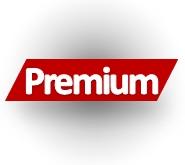
July Import Share of US Sheet and Plate Markets
Written by David Schollaert
September 22, 2022
Imported sheet and plate products arrived at US ports at a slower clip in July, resulting in them accounting for a lower share of the domestic market, according to US Commerce Department data.
Imports’ share of US sheet and plate markets peaked in December, with sheet reaching its highest level in the past 4.5 years. The trend was driven by the need for buyers to find relief from inflated domestic steel prices. As the market slowed at year-end, so did imports. Since then, the arrival of foreign material has ebbed and flowed. July’s totals are down after June’s were up, setting the most recent highs.
Imports’ share of total sheet shipments in the US was 17.5% in July, down from 20.2% in June—the highest percentage share in five years. The decline was driven by a 15.8% decline in foreign sheet while domestic shipments were largely unchanged at just 0.4% above June’s total. The market share of plate product imports also dipped in July, to 22.1% from 23.3% the month prior.
July’s sheet imports totaled 832,243 tons, down from 988,414 tons in June, but still the fourth highest monthly total year-to-date (YTD).
Overall sheet product shipments (domestic shipments plus imports) were down in July, 2.8% below June’s total. They totaled 4.755 million tons in July, a slight dip from 4.893 million tons in June, and were driven by a 156,171-ton decrease in foreign sheet while domestic shipments were sideways.
The declines in sheet product shipments were widespread. Hot-rolled coil (HRC) imports rose month-on-month (MoM) in July and totaled 213,013 tons versus 234,387 tons in June, a 9.1% MoM decrease. Domestic shipments of HRC were up 5.2% or 84,940 tons more MoM. The details are below in Figure 1.
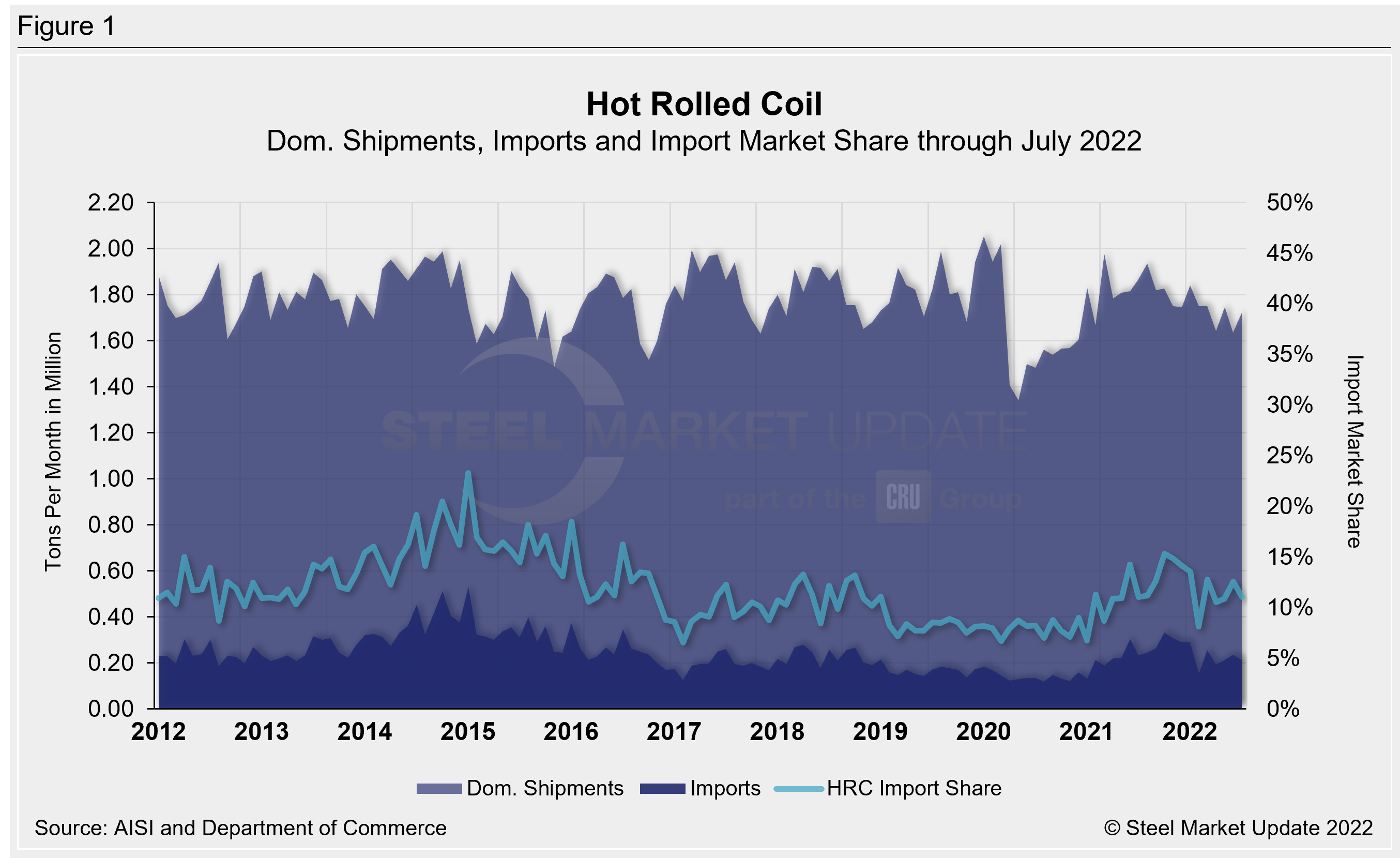
The import share of HRC fell 1.5 percentage points to 11% in July—still a historically healthy share but below the recent high of 15.3% set last October. The decreased share was driven by a rise in domestic shipments that coincided with a decline in foreign material MoM. HRC apparent supply totaled 1.93 million tons in July, up from 1.87 million tons the month prior.
Imports of galvanized (hot dipped and electrolytic) were down 23.6% in July, while cold-rolled coil (CRC) fell 11.4% in July, and other metallic coat (OMC) decreased by 2.5% MoM.
Plate products in July saw an overall decrease in shipments as apparent supply slipped by 0.7% MoM. The decrease was driven by a decline of 5.9% in plate imports, while domestic shipments were up marginally, just 0.9% MoM. Despite the decline, plate imports were still the second highest YTD at 185,981 tons.
All told, total plate shipments, including foreign and domestic, were 842,379 tons in July, down from 847,936 tons the month prior.
The import market share for plates in coil slipped to 41% in July, a 3.7 percentage point decrease MoM. The decline in market share was driven by a 12% dip in imports while domestic shipments edged up 2.2% MoM. Total imports of plates in coil were 139,391 tons in July, down from June’s 158,420 tons.
The table below displays the total supply to the market in three months and 12 months through July 2022 for sheet and plate products and six subcategories. Supply to the market is the total of domestic mill shipments plus imports. It shows imports on the same three- and 12-month basis and then calculates import market share for the two time periods for six products. Finally, it subtracts the 12-month share from the three-month share and color codes the resulting green or red according to gains or losses. If the result is positive, it means that the import share is increasing, and the code is red.
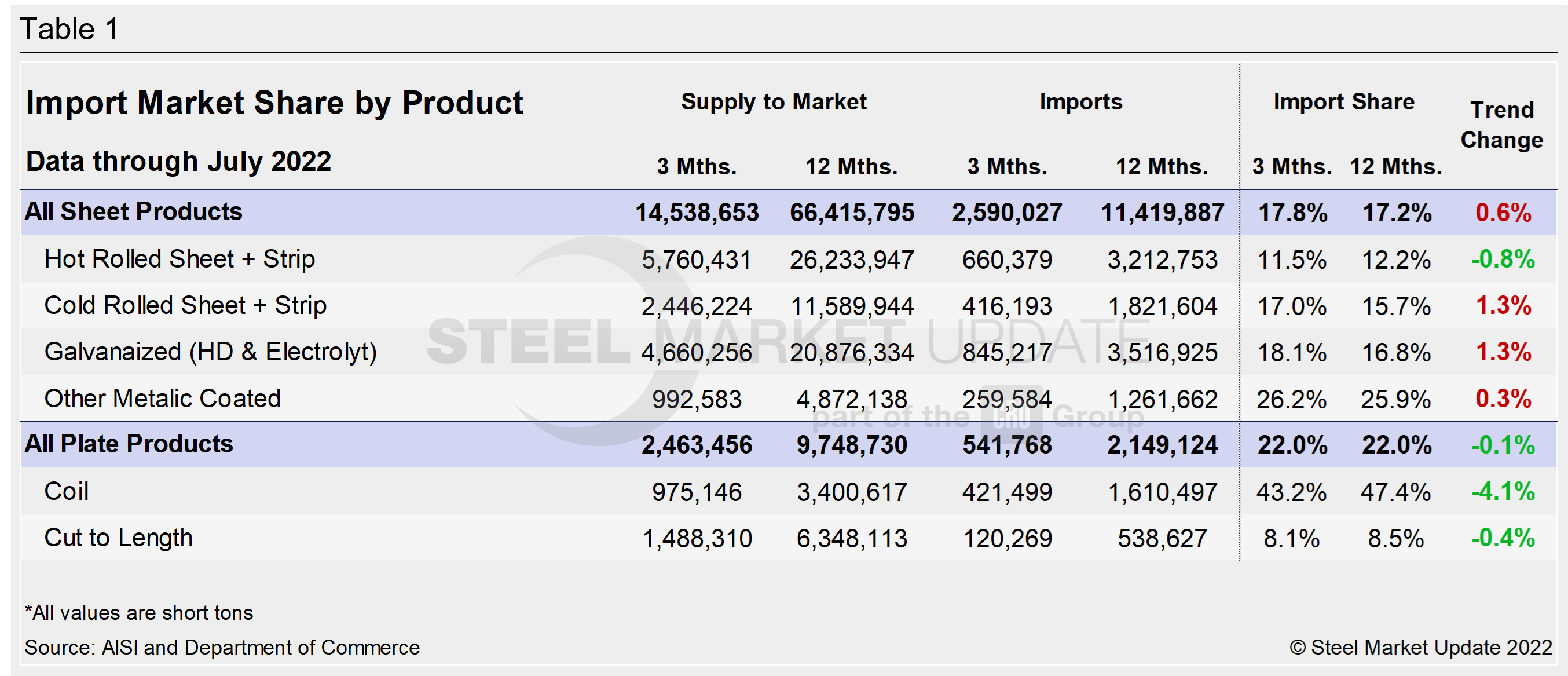
The big picture is that imports’ share of US sheet sales grew in July while plate declined. The big second-half jump in total imports in 2021 was the result of historically and disproportionately high domestic steel prices. The influx of foreign material had been declining, coinciding with lower domestic prices. The war in Ukraine shifted that dynamic, pushing prices higher, and foreign steel quickly arrived at US ports again. Now that prices have been easing, imports should follow.
Hot-rolled and cold-rolled sheet and strip have seen a trend shift along with plate products, illustrating how import competition is impacting domestic products in three months compared to 12 months. HRC imports, along with plate imports, lost ground, while CR, galvanized, and OMC all lost ground to imports. The most notable of those subcategories is HRC and plate in coil, which have both seen declining import market shares through July.
The import market share of individual plate products and a breakdown of the market share for plates in coil are displayed together in Figure 2. The historical import market share of plate and sheet products, and the import market share of the four major sheet products, are shown side-by-side in Figure 3.
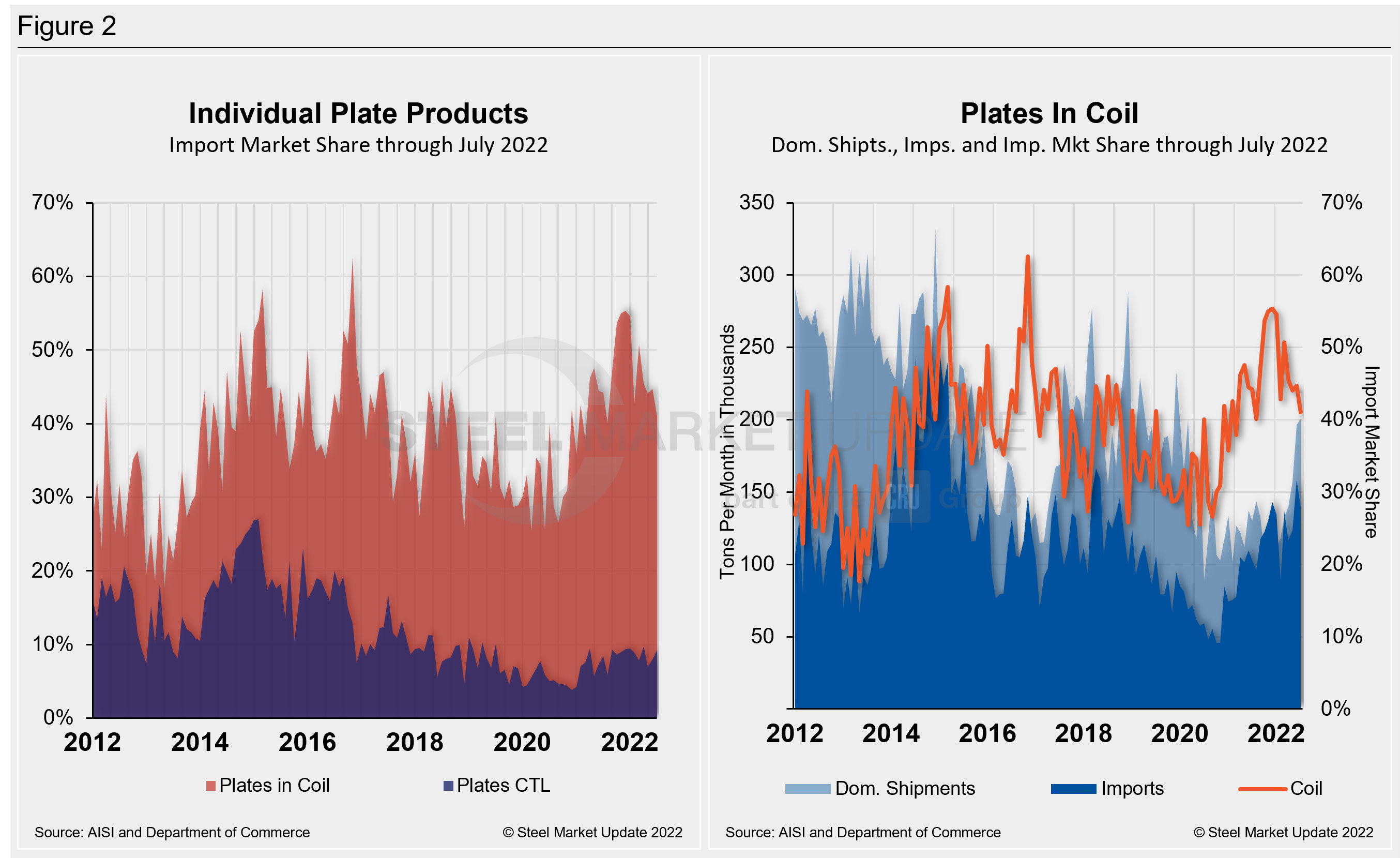
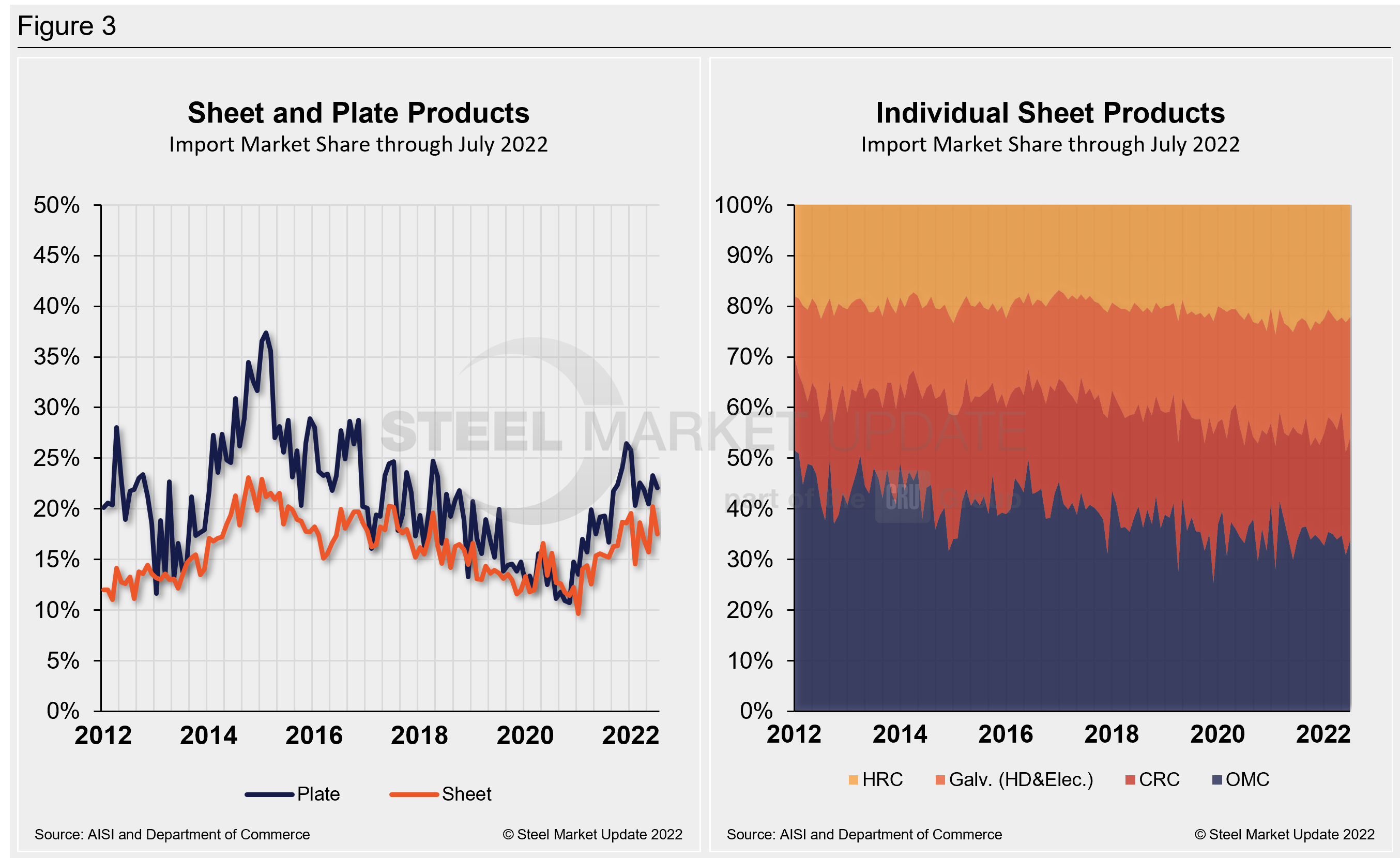
By David Schollaert, David@SteelMarketUpdate.com

David Schollaert
Read more from David SchollaertLatest in Steel Products Prices North America

CRU: Q3 will be the lowest point in current sheet price cycle
CRU Principal Analyst Shankhadeep Mukherjee expects a restocking cycle for steel sheet products in most parts of the world due to either low inventories or seasonally stronger demand.

CRU: US rebar and wire rod prices rise alongside S232 increase
CRU Senior Steel Analyst Alexandra Anderson discusses current market and pricing dynamics for long steel products in the US.

SMU Price Ranges: Sheet and plate steady ahead of Independence Day
Sheet and plate prices were little changed in the shortened week ahead of Independence Day, according to SMU’s latest check of the market.

Nucor maintains plate prices, opens August order book
Nucor aims to keep plate prices flat again with the opening of its August order book.

Nucor CSP remains level at $900/ton
Nucor maintained its weekly list price for hot-rolled (HR) coil this week, following two consecutive increases.
